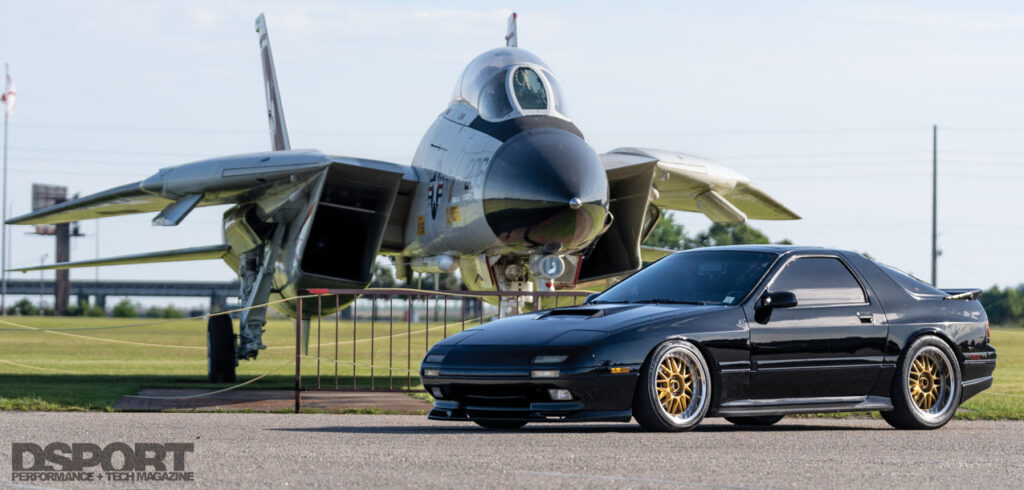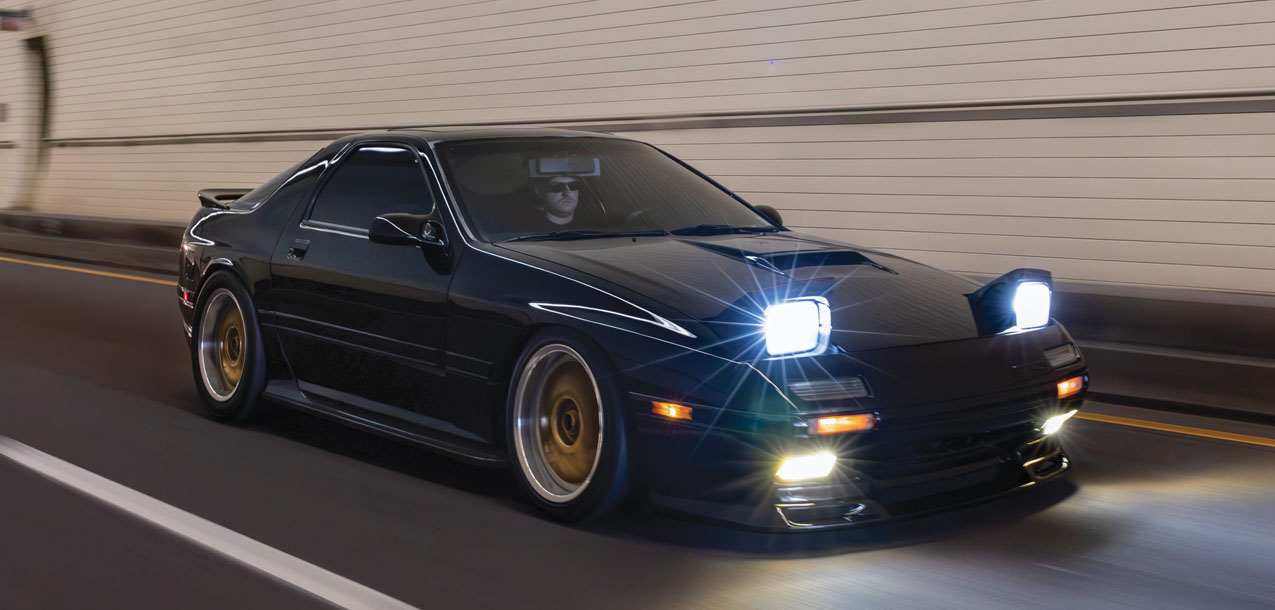DSPORT Issue #265
Text by APEworks // Photos by Bryan Meranio
For 90s import enthusiasts, there’s almost nothing that compares to the classic lines from the RX-7 FC3S which, admittedly, borrow heavily from a certain German-based marque. Still the magic of a muscular Japanese import with an exotic, twin-scroll-turbocharged rotary engine was enough to have enthusiasts moving the car into “everyday supercar” status. Flash forward into the future, when a new generation of kids discover Initial D and the White Comet of Akagi, and enough time has passed to make what has been old, new once again.
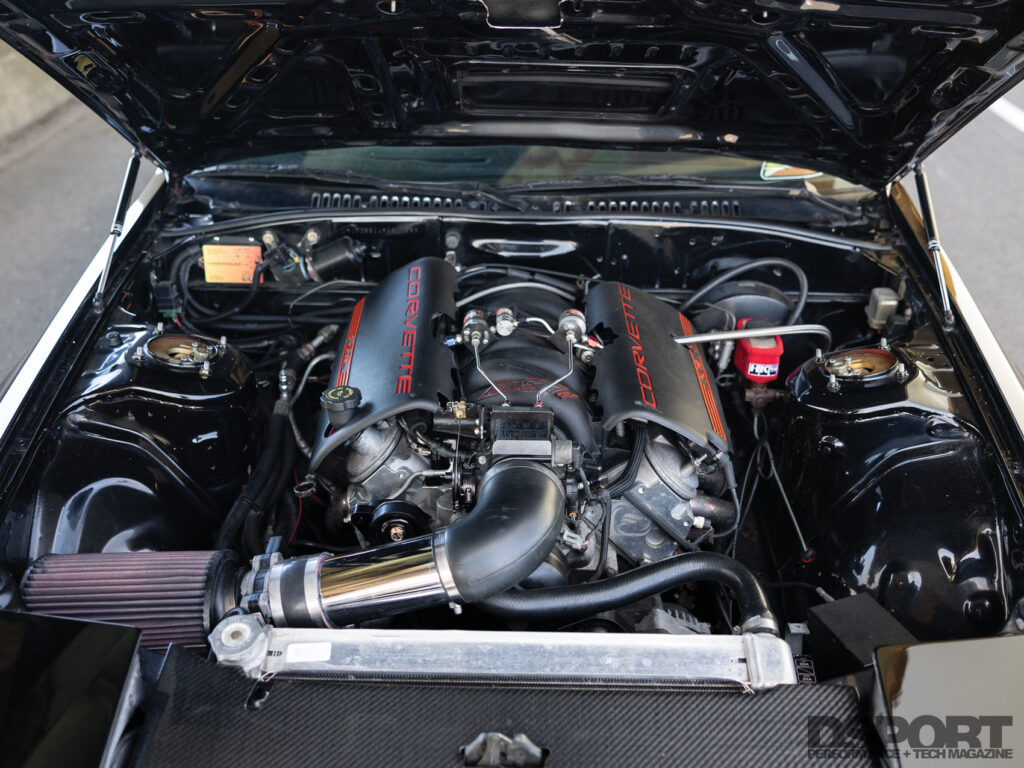
Ocean Springs, Miss. resident Chris Anderson falls directly into that category of the new wave of tuners coming into owning their long-desired platforms – the Initial D-inspired Mazda FC3S being one of his cars of choice. “During my senior year of high school, I saw this car in a lot by my house,” Anderson recalls, “and I just had to have it. I’ve always loved JDM cars, but mostly any of the cars seen on Initial D really piqued my interest.” Still, it wasn’t picture-perfect off the lot – the interior had some tasteless changes that had Anderson wanting to revert back to concours-level stock sooner rather than later. “It had all kind of painted interior parts and cheap glow gauges,” he relayed. “I had to rip all that out immediately and get it back to stock. The RX7 community was so big on the forums (back then) and everyone was so helpful.”
It was this sense of community, in fact, that would lead him down the once-blasphemous path of replacing the Mazda 1.3L rotary engine with one of the most-popular American replacements – the venerable Chevrolet LS-1. “Back in 2010, I wanted to build a rotary motor, but there were only a few shops and they were pricey. I ended up going LS because I’d make the power I wanted and my local friends knew more about LS motors than rotaries.”
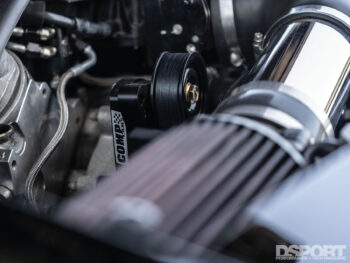
Eight Is Enough
“Different strokes for different folks,” as the saying goes, but where the original 4-stroke combustion cycle of the 1.3L rotary engine has been relegated to the “extra parts” bin, the replacement eight-banger brings enough to the table to hopefully offset the disrespect to JDM restomod purists. The Corvette-labeled LS1 sports a set of RPM3 camshafts with a Brian Tooley Racing valvetrain upgrade and other Frankenstein Engine Dynamics cylinder head modifications. A FAST Fuel Air Spark Technology composite intake manifold orchestrates the air intake events, while a Walbro 255lph fuel pump and stock Chevrolet LS1 fuel injectors provide the alternate side of the air-fuel equation; NGK spark plugs provide the rest. Engine management duties belong to the factory LS ECU as tuned by Futral Performance.
Finally to put a finer point on it, Anderson plumbed a Nitrous Outlet plate kit to get an additional 200-300 whp at his fingertips. “My nitrous kit has been the most fun,” Anderson explains. “Literally raising the horsepower by 200-300 at the click of a button is rush; instant power on tap.” As mated to the Cobra differential and driveshafts, the powertrain combination in the FC body has the 10-second timeslips to back up the 707 wheel horsepower, 660 lb/ft torque Dynojet readouts.
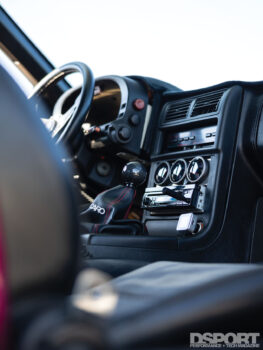
Interior Motives
Anderson wanted to restore the 90s era Mazda interior to its full former glory and that first started with removing the 90s era “2Fast 2Furious” downgrades that came with the used vehicle. A 10-second-capable daily has to pay equal attention to both reliability and safety. To that end, the FC gets its stamped metal body reinforced with a Cusco roll cage. The factory seats have been replaced with a pair of Recaros while the Nardi steering wheel harkens back to the earliest Mazda RX7 days. The original glow-and-show gauges received the functional replacement option with a set of ProSport pieces nestled in the gauge holder above the Boss and Alpine in-car entertainment add-ons. Custom Recaro leather is also used for the transmission shifter cover.
Fancy Footwork
Keeping the extra power as a forward-motivating force is relatively easy in a car that started life as a rear-wheel drive sports car. Replacing the factory spring-holders in the corners is a set of Stance GR+ coilovers with 9k springs in the front and 7k in the rear. These help modulate body roll in conjunction with the Cusco sway bars. A quartet of SSR wheels wear Mickey Thompson ET Street tires to ensure maximum grip in whatever conditions Anderson throws the daily-driven beast. Stopping prowess comes from a set of Hawk Performance pads clamping down on EBC dimpled and slotted brake rotors through the factory 4-piston calipers.
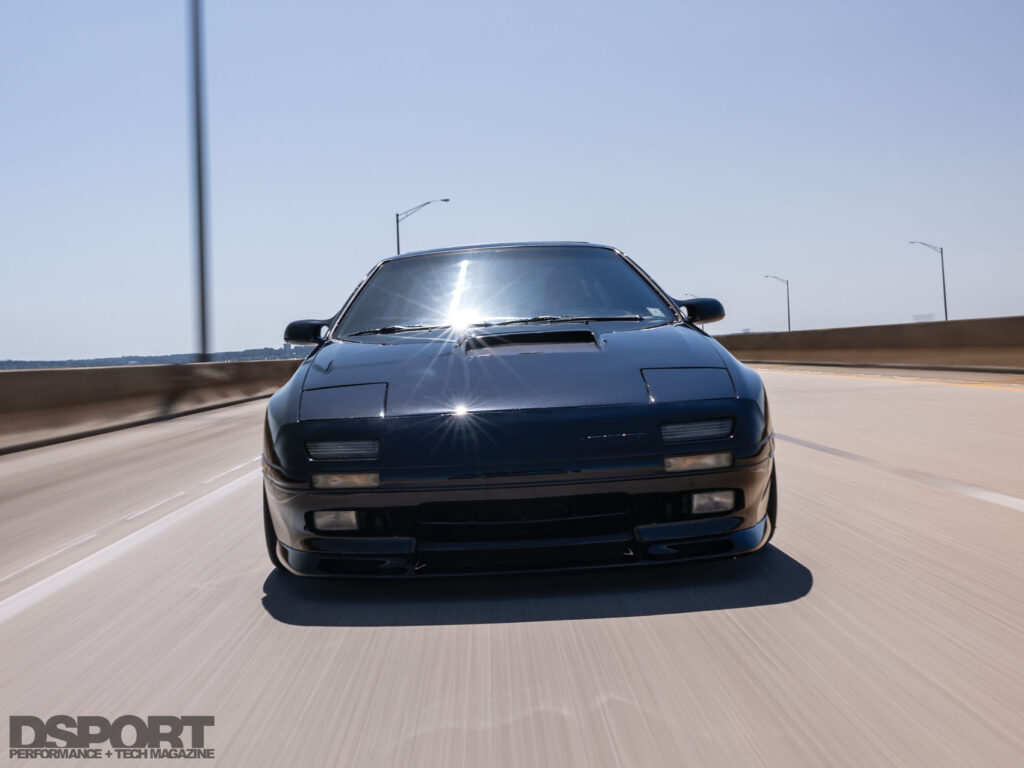
Body Art
Anderson’s focus was to have a fast street car that paid homage to his penchant for anime heroes cars. “At the time, I just wanted an 11-second car with AC that I could have fun with.” To that end, the exterior remains pretty faithful to its assembly line outfit, with a few fashionable and functional additions around. The stock Turbo II hood scoop has been upgraded to a carbon fiber unit, while front and rear bumpers get Shine Auto accents to match the Shine Auto carbon fiber skirts. Incandescent bulbs evolved into RoyalT HIDs to better illuminate the 1320 through the tire smoke.
Won And Done
Several Best Mazda of Show events and a handful of 10-second timeslips later, Anderson isn’t quite sure if he’s going to add more displacement, more nitrous, or a simple refresher rebuild of the existing LS motor. “I’m still torn. I just want to keep it as ‘street’ as possible.” Whatever the decision, Anderson just wants to keep moving the build forward and enjoying it every step of the way. “Have fun with your car,” he relays. “Build it for you and enjoy all those garage nights with friends.” One needs all available hands when trying to shoehorn V8 pegs into rotary holes.
